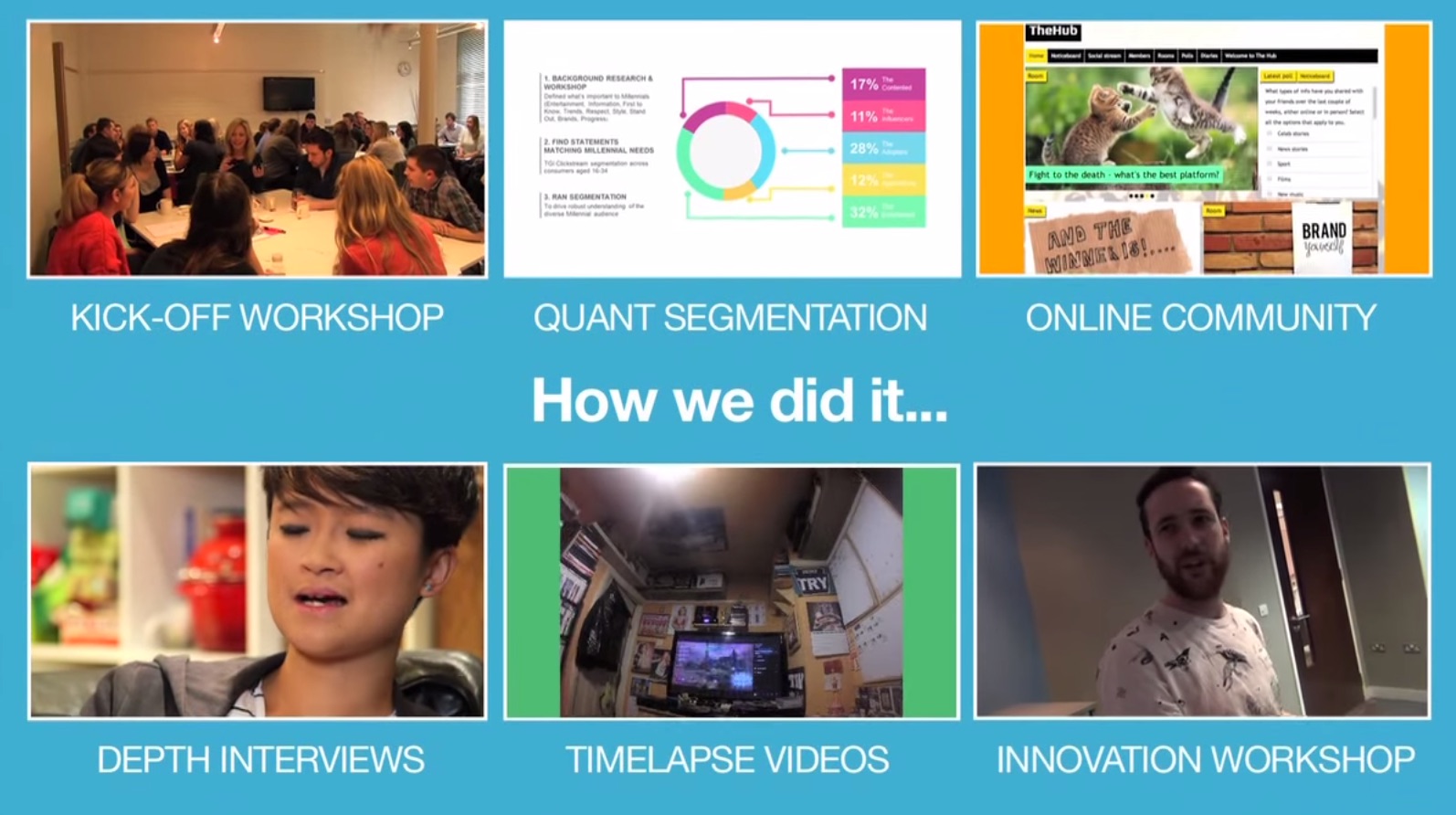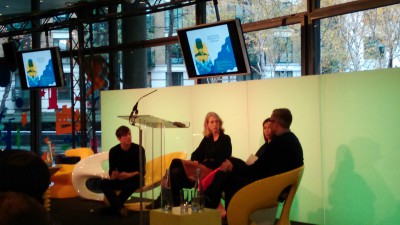From bouncing balls to using Minecraft as a research tool, Crowd DNA managing director Andy Crysell jots down assorted notes from the MRS Gen Z conference...
With presentations offering a mixed bag of the interesting and, to be honest, rather prosaic, the MRS Gen Z conference in London saw a range of client and agency-side folk wrestling with what makes this cohort tick, how brands should engage with them and the challenges of researching them. Here’s a few notes captured from the event.
+ The MRS previewed some well considered new deliverables (short films and PDFs) designed to make their guidelines on researching youth/kids more easily digestible.
+ Back in the same room: whereas families were at once stage drifting to different rooms in the house, drawn to their own TV/entertainment preferences, the proliferation of handheld devices (kids in the UK have access to eight devices on average, and own 3.4 -Viacom/Nickelodeon research) is bringing them back into shared spaces – if doing different things while there. The scope to deliver shared experiences, albeit of a more future facing kind, thus is increasing.
+ Also from Nickelodeon, they’ve deployed facial coding to explore the appeal of advertising against five emotional traits and to demonstrate the value of advertising in the right media environment. While a method that is hotly debated in terms of its true credibility, it points to the increase in use of observational research techniques.
+ New(er) methods: there was a panel discussion on these, with references to using Gen Zs as trendspotters (we liked the idea of turning this into an online detective game); co-creation to tap into the notion that this generation are all inventors at heart; wearable cameras (good with specific tasks/issues of recall in mind, logistical hell if used without proper purpose!); grappling with quant (gamification is talked about more than used, but there’s plenty of scope to improve how visuals and copy are applied – we call this story-fying rather than gamifying; and thinking about the behind the scenes parts – ie, using trade off techniques – rather than just how shiny your interface is). Crowd DNA are well versed in all of these areas/challenges. What’s of course key is making sure the methods used are fit for purpose, accepting there will always be compromises and that perfection through one method alone is near impossible to come by!
+ The BBC’s Children’s Audiences team mixed up the presentation style by popping a ball into the audience and asking that we throw it between us. If you caught it you got to choose a number on the screen, about which the BBC team them revealed some data-derived insight. A nice stab at making the delivery of the work more interactive and therefore more memorable.
+ “We’ve all been children but not in this time”: one of those remarks that’s as obvious as it is nonetheless easy to overlook when designing and analysing work. Gen Z really are squaring up to a unique range of opportunities and challenges, and it would be lazy in the extreme to let our own experiences of childhood shape our interpretations of this cohort.
+ Risk averse: a term that came up a lot on the day. A risk averse generation with risk averse parents. An interesting area to explore further as there’s no doubt more nuances to it than that – perhaps the old cultural codes of what constitutes risk no longer apply.
+ Futurist Yesmin Kunter provided an interesting run through play and development. We got to see where hacking culture meets kids toys in the shape of new robots coming to the market; where eco consciousness meets toys in the form of the Kosmos wind turbine and 3D printing of Hot Wheels. She also, intriguingly, talked about using Minecraft as a research technique/platform with Gen Zs – definitely an idea worth exploring further.


+ John Conlon, VP of research at Viacom International Media Networks UK, offered some interesting perspective on how insight is being re-cast. Less about what’s happening and more about what will be happening. Less talking to consumers; more talking to experts and more observational techniques (from semiotics to smartphone video diaries).
+ It’s a few years old, but there was a well placed nudge to revisit education/creativity specialist Sir Ken Robinson’s RSA talk on changing education paradigms. It’s definitely worth a watch, both for the ideas discussed and the lovely delivery of them in this adaption of his speech.
+ Oh yes, and while we have you, we recommend you take a look at our own videos exploring the differences between Gens X, Y and Z. We love them, and hope you do, too.










